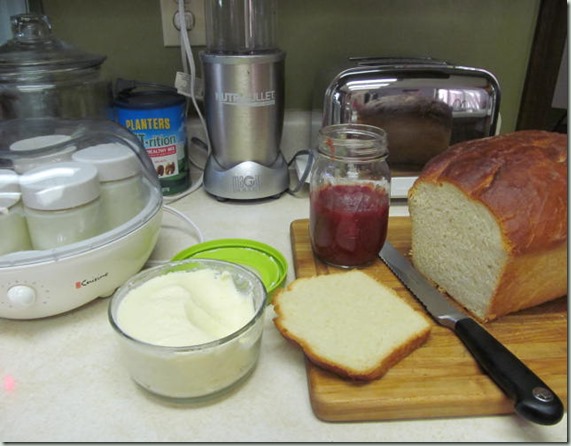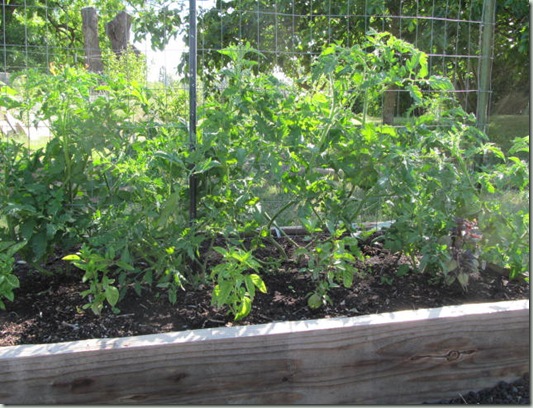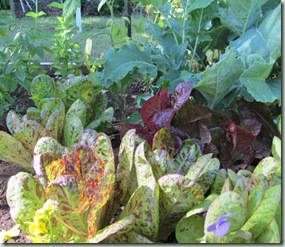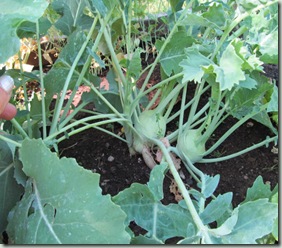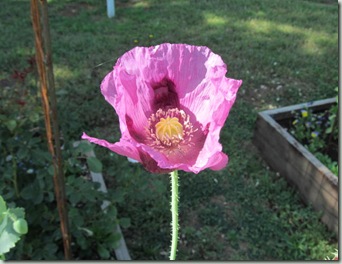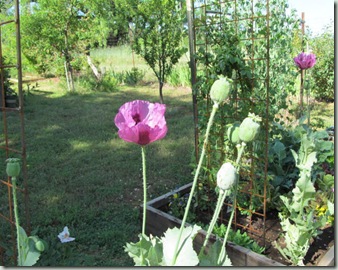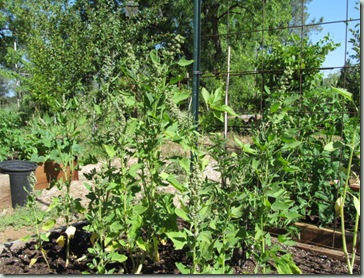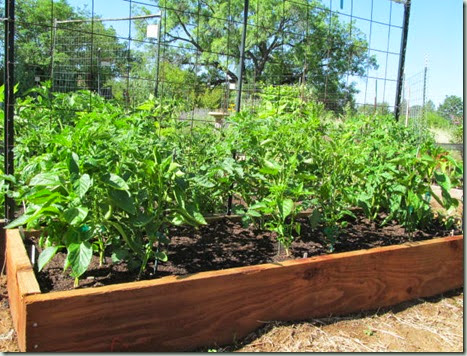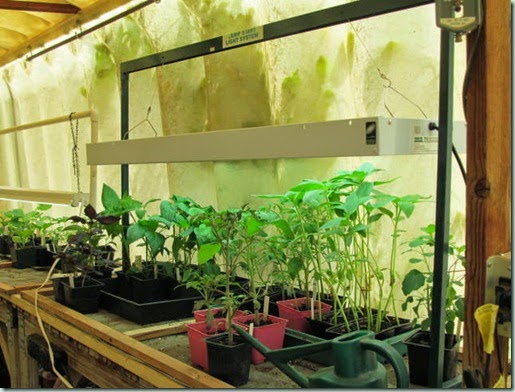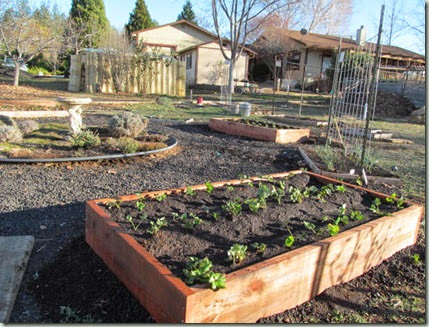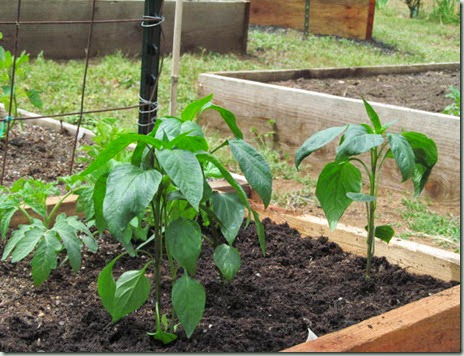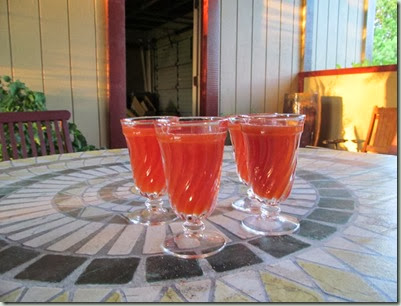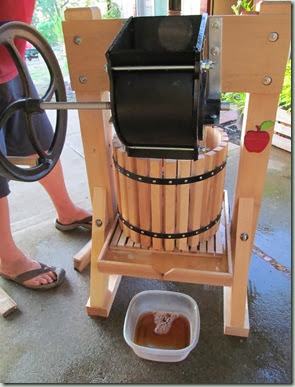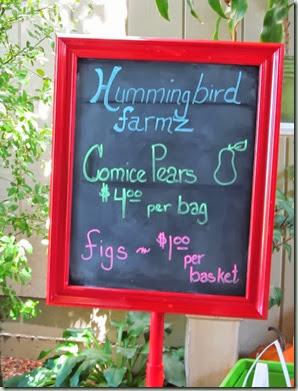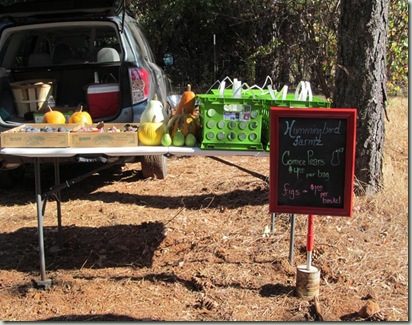Making cultured butter was a bit of an experiment with me that I went at thinking I would try it just once because it sounded too hard and complicated. Well, it wasn’t as hard or complicated as I thought and it is actually something I think I will do again. I had gotten some cultures to use for fermenting and they had mentioned making cultured buttered which really got my attention. I had never heard of it and after searching for it in my local stores couldn’t even find it. When I did at a health food store it was quite pricey. Finding clear directions was another challenge so after collecting recipes from several sources I put together something that worked for me. First I had to culture my cream. I used the culture I got from Cultures for Health. I used the Body Ecology starter Culture.
Homemade Cultured Butter
4 C. heavy cream
1/2 C. yogurt or 1 culture packet
1/4 tsp. fine sea salt
1. Heat cream to 77 degrees. Add starter pack or yogurt; mix well. Place in canning jar with a coffee filter or cheesecloth over the top to let it breath. Culture on counter for 12-36 hours. It should thicken and taste rich and tangy.
2. Cover and refrigerate until it cools to about 60 degrees. This should take about 1-2 hours.
3. Line a fine mesh sieve with a double layer of cheese cloth and place over a large bowl.
4. In the bowl of a food processor or a mixing bowl with a whisk attachment process until the curds separate from the buttermilk and turn a nice butter yellow color. I did this with my mixer and it does splash a lot so use the shield next time I will try the food processor it might be less messy.
5. Pour this mixture through the sieve and let sit for 1-2 minutes letting the liquid drain from the curds. Then gather the butter in the cheese cloth and gently squeeze out as much of the butter milk as possible. Save the buttermilk in another container to use for other recipes. I made homemade buttermilk bread to test our new butter on with a fresh batch of strawberry jam.
6. Wash the butter by pouring ice cold water over it and squeezing it out more. Continue adding water, washing, and pouring off the liquid until the water runs clear.
7. Wrap and form butter as you wish. I stored it in a glass container in the fridge. It will last about a month (if you don’t use it before that) in the fridge.
*you can find more information about this at this website: Recipes for Health
This was a fun and rewarding experiment and we used up the bonus buttermilk right away and could have used more so I am pretty sure the will be more butter making in our future.
Enjoy the good things in life!
ferne


